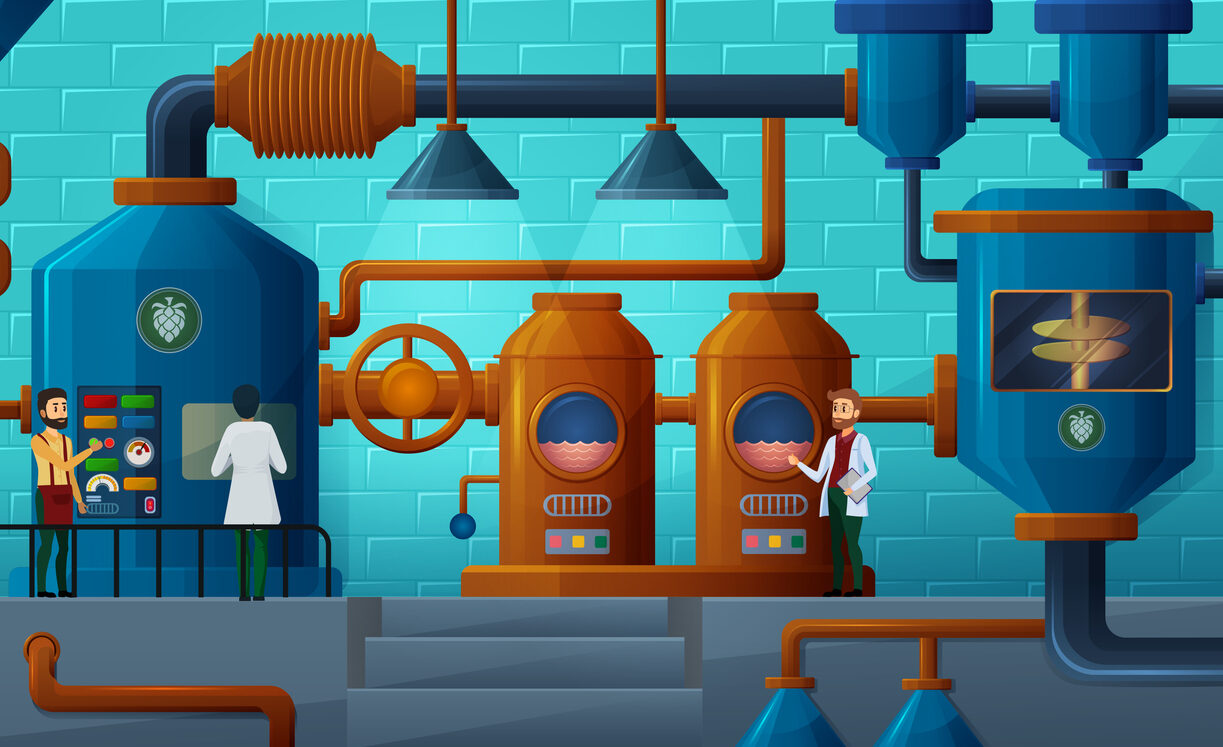I engaged in many conversations at the annual HIMSS Global Health Conference & Exhibition last week, and came away with a resounding call to action. It’s time to make healthcare available and accessible for everyone, everywhere.
The vehicle to achieve global health equity is technology. Currently, nearly half of the world remains unconnected to the Internet, and in many countries, it is not affordable, creating a clear division between those who have access, and those who don’t. This digital divide often means those most vulnerable, such as people in rural communities with no Internet or few doctors, lack access to information and resources when they need it most. When it comes to healthcare, lives are on the line. For people who already have access to the Internet and healthcare services, there is a new expectation that healthcare be virtual or hybrid, with easy access to personalized care information. For people unconnected to the Internet, expanded, affordable access allows them to view healthcare information and resources, take advantage of healthcare services online, book appointments, and attend virtual appointments quickly and easily.
The pandemic has worsened the inequity and division. With hospitals overwhelmed, healthcare workers experiencing burnout, and an increase in isolation especially for seniors, individual and community care has changed dramatically, and continues to evolve. Technology can play an important role in closing the digital divide and bringing healthcare to everyone through thoughtful and innovative use of technology.
In resource-constrained areas, governments and organizations can also use technology to train and educate local healthcare workers, and provide them access to healthcare data, services, and resources, allowing more coverage and care for people in their communities. For someone in a rural community, this can save them time, such as a day of travel to see a doctor. Between virtual visits and community health workers, communities can now move towards patient care anywhere.
When people are isolated, such as the aging population or those in ICU care, technology can keep them connected to family and friends. Human connection, unity, support, and love can motivate patients, improve their outlook, and ultimately help their overall wellbeing.
Technology can also improve the livelihoods of healthcare workers by creating efficiency and time savings. Streamlining administrative tasks such as scheduling and providing secure access to data, allows them to spend more time with patients or to take a much-needed break. In addition, hybrid healthcare environments help keep both workers and patients safe from physical contact, while still providing the ability to meet and consult with patients and the care team.
With increased use of technology, companies and governments must ensure the security of patient data and create trust with residents. This requires trusted partnerships with technology vendors such as Cisco, with the experience and portfolio to bring together applications, users, devices, and data to build a secure, intelligent platform for digital healthcare. Through partnerships and innovative technology, we can bring healthcare to more people and communities; to power an inclusive future for all. Watch Guy Diedrich’s presentation for more information on bridging the digital divide.
To learn more about what Cisco can do for your healthcare organization, check out our digital booth experience, taking you through one patient and provider journey.
Share:





